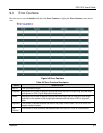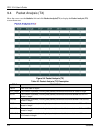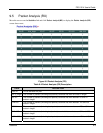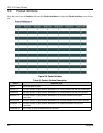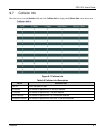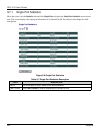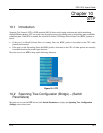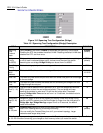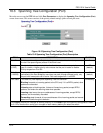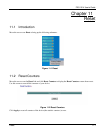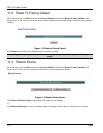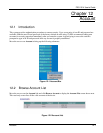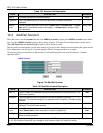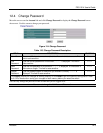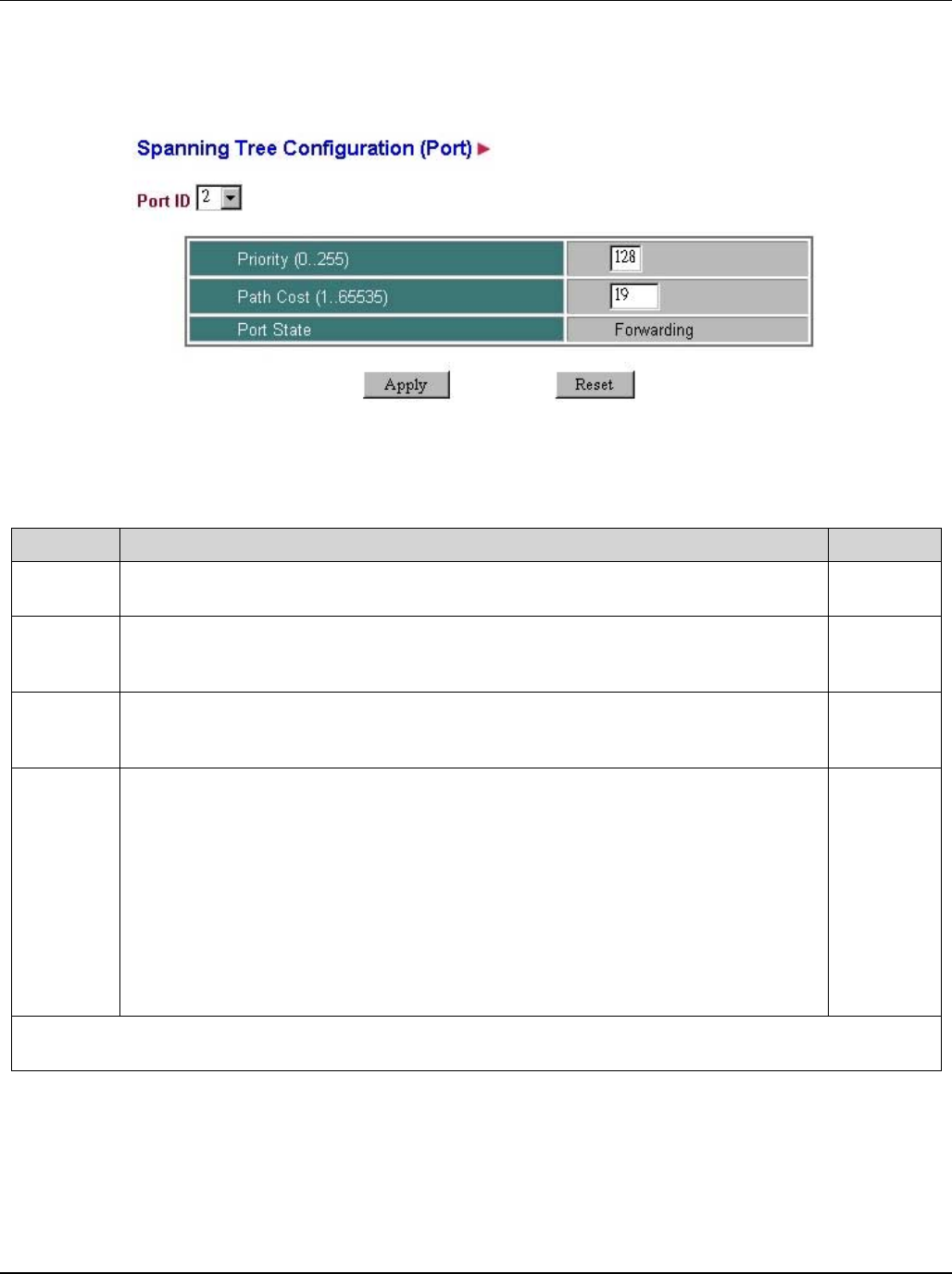
PES-1014 User’s Guide
STP 10-3
10.3 Spanning Tree Configuration (Port)
Move the cursor over the STP link and click Port Parameters to display the Spanning Tree Configuration (Port)
screen shown next. This screen consists of the priority related settings: path cost and port state.
Figure 10-3 Spanning Tree Configuration (Port)
Table 10-2 Spanning Tree Configuration (Port) Description
FIELD DESCRIPTION EXAMPLE
Port ID Select a port to configure. Only the leading port of the trunk is shown to represent
its role in the spanning tree protocol if the trunk is set.
2
Priority
(0.255)
Priority decides which port should be disabled when more than two ports form a
loop in a switch. A higher priority value means that the port is easier to disable.
Priority ranges from 0 to 255.
128
(default)
Path Cost
(1.65535)
Displays the path cost of the port. When more than one port in the switch is
connected to the Root Bridge by more than one path (through different ports), only
the port with lowest path cost is active. Path cost ranges from 1 to 65535.
19
(default)
Port State This read-only field displays the Spanning Tree Port condition:
Blocking forwards an incoming packet to the CPU only if it is a BPDU packet; other
packets are discarded.
Listening acts as blocking state, it does not forward any packet, except BPDU
packets, and enters the learning state when possible.
Learning state learns the source addresses of incoming packets, except BPDU
packets, and immediately discarded.
Forwarding state forwards all source addresses of the incoming packet are learned
based on the switch engine’s decision.
Forwarding
Click Apply to save your changes to working memory or click Reset to go to the previous configuration. Refer
to 3.5.4 for directions on saving your changes to flash memory before you restart the switch.



